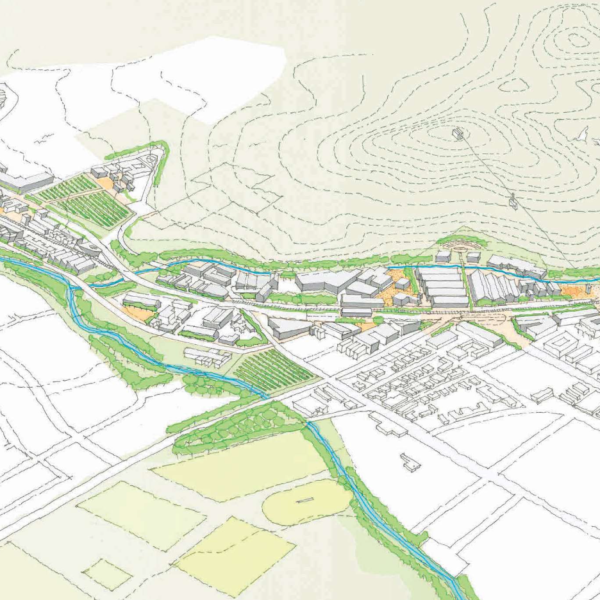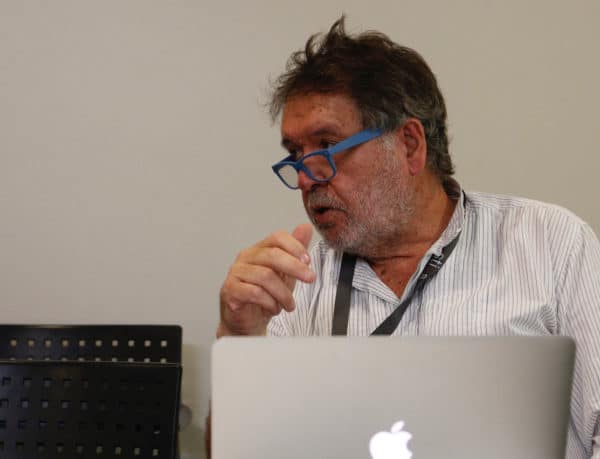Cities and larger towns are increasingly home to the majority of people, globally and in South Africa. The manner in which these settlements are structured fundamentally impacts on the livelihood opportunity of inhabitants. The structure and form of South African cities and settlements, including Stellenbosch, illustrate generations of development and management directed at maximising opportunity for specific groups while restricting others.
Despite a progressive policy and legislative framework aimed at restructuring introduced since the democratic transition in South Africa, little progress has been made to restructure cities and settlements in practice. Arguably, urban development and management practice remain skewed to benefit some more than others.
The Adam Tas Corridor initiative – supported by STIAS – was conceptualized to address issues plaguing Stellenbosch head-on in some way, while also exploring a broader approach to settlement restructuring that could be employed elsewhere. However, the transition of the initiative from its early conceptual phase has been difficult, with many differences in understanding and agendas emerging. What was conceptualised as a broad transformation initiative is in danger of capture to serve partial interests.
The current risk for the ATC is that the project is lost or not proceeded with as contemplated. A lack of progress will cause failure in belief, the loss of high-level support, and inevitably, questioning and removal of the supporting policy framework. As a result, urban development and management will revert to current ways of doing and outcomes, an approach which cannot address a multitude of social, economic, and environmental issues.
The work period at STIAS focuses on three main objectives. The first is to document the ATC process as it has happened to date, its intent, and early work phases. The second is to assess the process in relation to accepted, defensible criteria or a “framework”. The third is to structure initial recommendations for further roll-out of the ATC or for undertaking similar large-scale settlement restructuring processes.



